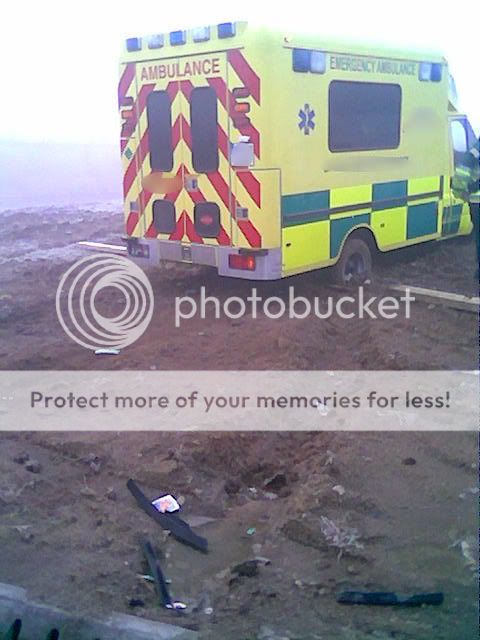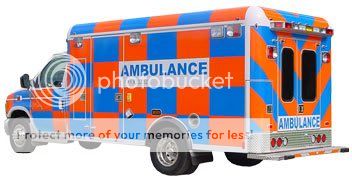Fancy schmancy sales pkging.
When you break up an object's profile with changing patterns, or patterns of any sort, you lose long distance visability to a degree, i.e., a big lime yellow (as they used to call the safety color in use now) square squad is going to be better seen than a bunch of little checkerboards, some stripes, some paisley, and some contrasting letters. Besides, who's going to pay to upkeep that paint scheme?
Poorly visible vehicles are part myth, part neurobiology, and part physics.
1. People claim they couldn't see you when you and they collide. Generally it is that they failed to see you, you were visible. On cross exam, they were distracted, unsafely changing lanes, or trying to race you.
2. The "big yellow square" effect has to do with recognition circuits in the brain. Keep it simple, and try to contrast with your surroundings, which can be hard, due to physics.
3. Different light spectra pick out or dull down different colors. High UV, such as at early dusk/late predawn, thin overcast, and using LED or other actinic lights, makes fluorescent colors and "lime yellow" stand out but dulls down red. Regular daylight brightens red but the yellow can lose contrast to match surroundings, ditto standard headlights and flashlights. Reflective materials work better as light decreases, and electroluminescent need darkness.
Try this: lime yellow body, reflective red line corner markers and large (two foot tall) numbers on roof, sides, front and back, and company name in blue reflective a foot high.



